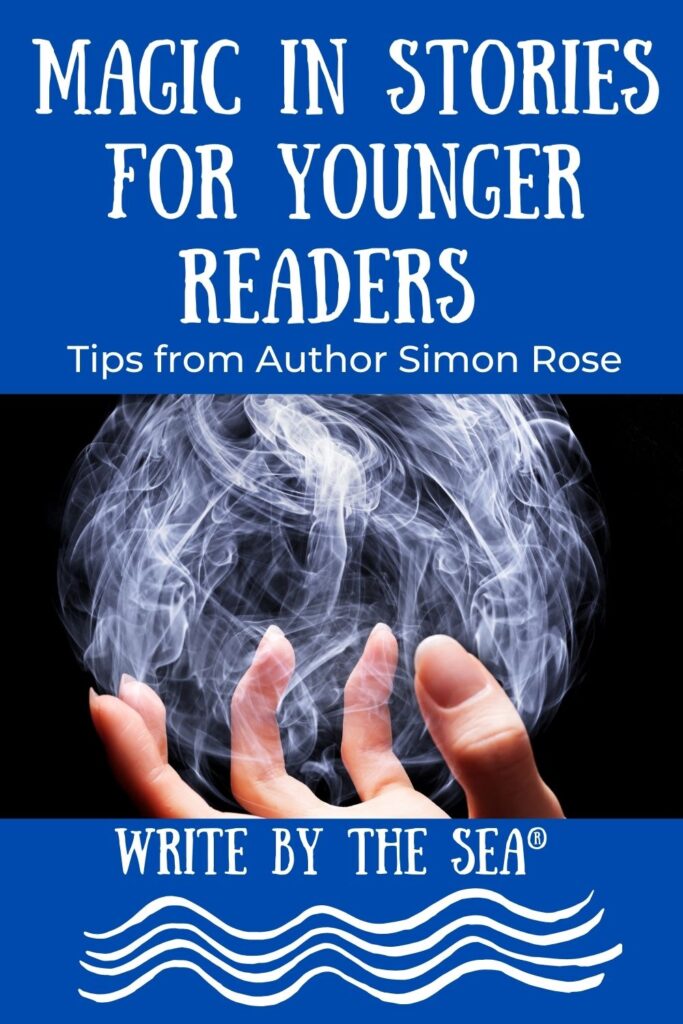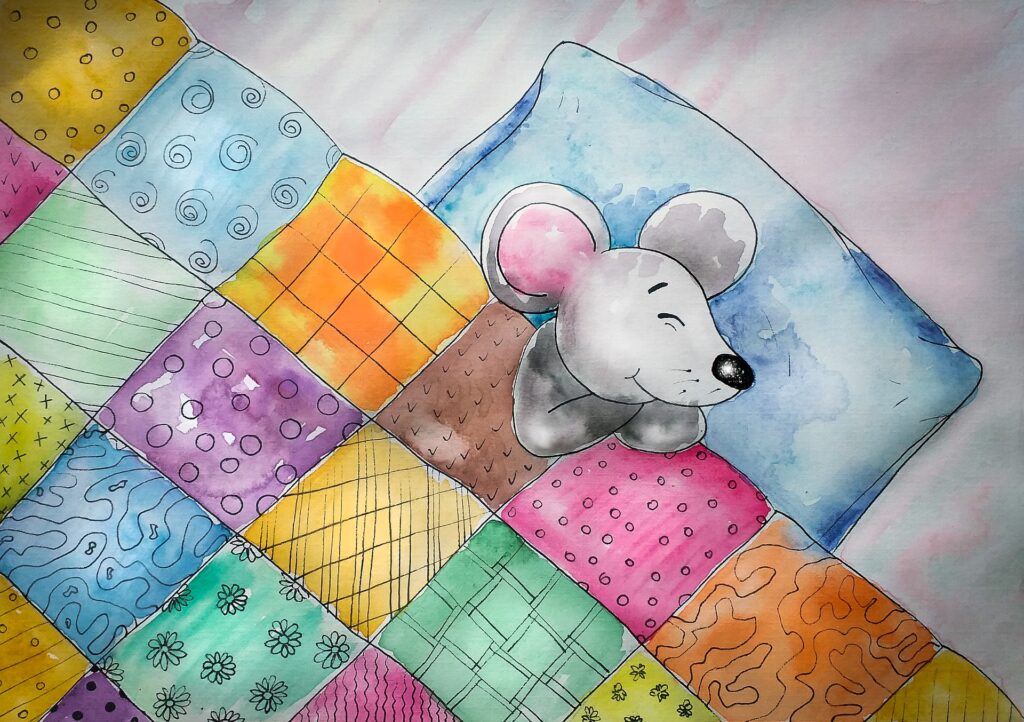Can a little house on a hill smile happily while watching the sun and moon and stars all through the changing seasons?
Can a little train engine talk herself into pulling a bunch of heavy cars up a steep hill by repeating, “I think I can, I think I can, I think I can?”
Can letters of the alphabet race to the top of the coconut tree?
Sure they can—if the writer uses a literary technique called personification!
WHAT IS PERSONIFICATION
Personification means giving human traits (qualities, feelings, actions or characteristics) directly to a non-living object. For example, the trees were dancing with the wind, the pot of soup bubbled merrily on the stove or the sun peeked over the hill. Obviously, trees can’t really dance, pots can’t be merry, and the sun doesn’t have eyes to peek over the hill. But what great descriptions for a reader to picture in his mind!
WHY DO WRITERS USE PERSONIFICATION
Many times an author will use this literary technique to add more fun, drama, sparkle, excitement, or interest to a story or to convey a certain mood. And because we are people, it is easier for us to relate to the object or to an idea that is being personified because we understand and identify with the human attributes that are being portrayed.
WHY TEACH PERSONIFICATION
It’s all about exposure! We expect a person with a well-rounded education to be able to recognize the most common elements on the periodic table or name the capitals of major countries. So should he have a basic working knowledge of common literary terms or techniques such as personification, onomatopoeia, oxymoron, anthropomorphism, alliteration, etc. You can find the definitions of all these terms and more at MrBrainman. But learning these things can be a gradual process, and we can begin exposing our children to the terms and techniques while enjoying a good book together.
HOW TO TEACH ABOUT PERSONIFICATION
Parents can easily introduce the technique of personification when it occurs in picture books. Just have the child identify things that a non-living object simply cannot do. An object cannot act or feel like a real person—so that’s called personification. This is a great activity and one that can be handled naturally when talking about what can be real and what is pretend. The child probably won’t remember the term “personification” after just one introduction, but a base of knowledge is being built one term at a time. Again, it’s all about exposure! And I can almost guarantee that even a very young child will recognize when an inanimate object has been given human qualities! Children find such things to be very silly—and very fun!
PICTURE BOOKS THAT CAN BE USED TO TEACH PERSONIFICATION
Virginia Lee Burton was a master at using personification in her picture books. Who can possibly forget The Little House, Mike Mulligan and His Steam Shovel, or Katy and the Big Snow? Watty Piper’s The Little Engine That Could and Don Freeman’s Corduroy books are also classics in this technique. But there are many other picture books as well that can be used for teaching about personification.
Below is a great starting list. So check out these titles, and discover the fun of personification in picture books!
The Barn by Debbie Atwell
Best Loved Doll by Rebecca Caudill
The Caboose Who Got Loose by Bill Peet
Chicka Chicka Boom Boom by Bill Martin, Jr.
Corduroy books by Don Freeman
Hitty: Her First Hundred Years by Rachel Field
Jennifer and Josephine by Bill Peet
Katy and the Big Snow by Virginia Lee Burton
The Little Engine That Could by Watty Piper
The Little House by Virginia Lee Burton
The Little Red Lighthouse and the Great Gray Bridge by Hildegarde H. Swift & Lynd Ward
Little Toot by Hardie Gramatky
Maybelle the Cable Car by Virginia Lee Burton
Mike Mulligan and His Steam Shovel by Virginia Lee Burton
Miss Hickory by Carolyn Sherwin Bailey
Raggedy Ann Stories by Johnny Gruelle
Rikki-Tikki-Tavi by Rudyard Kipling
Smokey by Bill Peet
The Tree That Would Not Die by Ellen Levine
The Velveteen Rabbit by Margery Williams
********
Amy M. O’Quinn is a pastor’s wife and former schoolteacher-turned-homeschool mom of six. She is also a freelance writer who enjoys jotting down ideas around the fringes of family life. She specializes in non-fiction, and her work has been published in various educational and children’s magazines. She is also a product/curriculum/book reviewer for The Old Schoolhouse Magazine, a regular columnist for TEACH Magazine, and a member of SCBWI. The O’Quinns live on the family farm in rural south Georgia. You can find Amy at her new writing site/blog, amyoquinn.com. Or visit her personal blog, Ponderings From Picket Fence Cottage.


